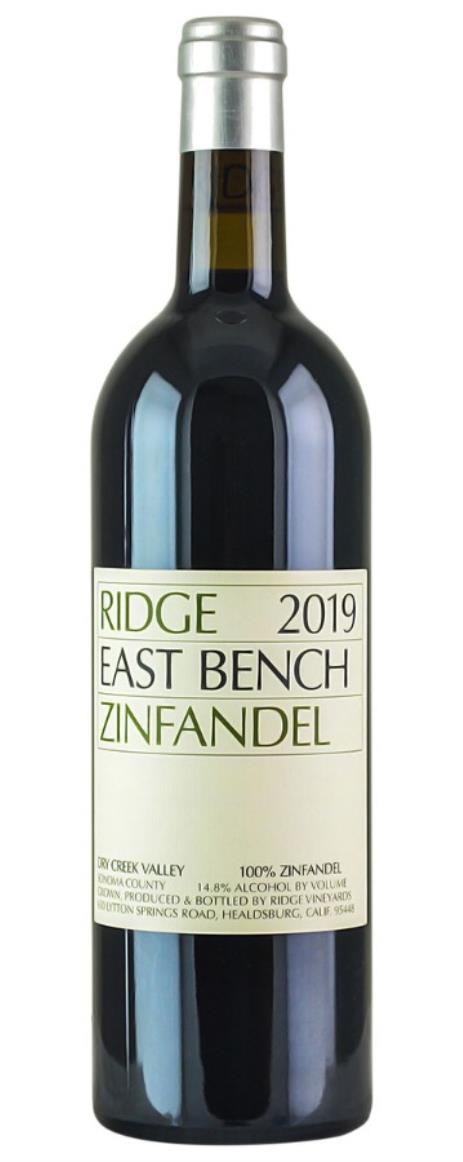Jancis Robinson on the history of Zinfandel ...
The breakthrough came when it was established that Zinfandel/Primitivo had to be a parent of the Croatian variety Plavac Mali. The other parent turned out to be a much more obscure Croatian variety, which led researchers to the conclusion that Zinfandel/Primitivo had to be Croatian in origin too. Eventually, after many a trek through the vineyards of the beautiful Dalmatian coast and its rocky islands, the doppelgänger was found. Croatian viticultural researchers, acting in conjunction with Professor Carole Meredith of Davis, discovered an ancient and almost extinct variety on the island of Kaštela near Split called Crljenak Kaštelanski (literally “red grape of Kaštela”) that did indeed prove to be identical to Zinfandel.All of this happened in parallel with some extraordinary developments in the commercial history of Zinfandel. Because it had been so common in California, it was not at all revered. In fact beside Cabernet it was regarded as a sort of home-grown weed, good enough for the common man if cheap enough, but incapable, unlike the fashionable and aristocratic Cabernet Sauvignon, of producing fine wine.The only saving grace for the reputation of "Zin" was in some extraordinary port-like essences made from some of the oldest vines in the state, made from ancient vineyards left virtually untended during Prohibition in the old mining country of the Sierras east of the Central Valley. Most of these wines were labelled Late Harvest Zinfandel and regarded as freaks in the 1970s because they reached natural alcohol levels in excess of 15% (heaven forfend).

No comments:
Post a Comment